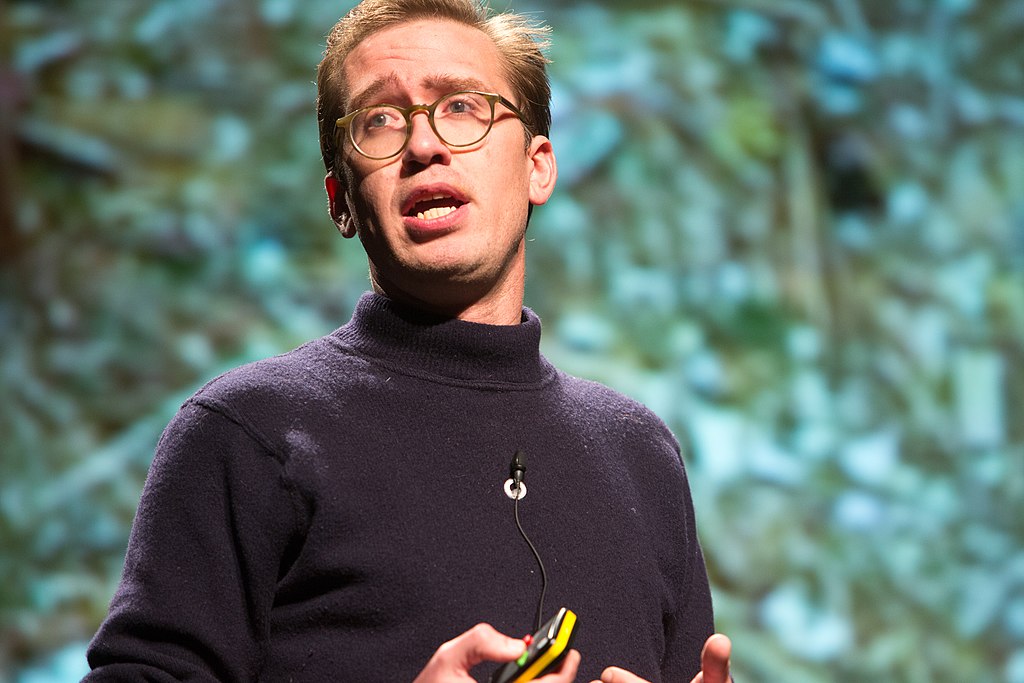
wikimedia-commons
Yale Jackson Institute for Global Affairs lecturer Nathaniel Raymond and his colleagues launched a guide earlier this month detailing how to ensure data and privacy rights in conflict and humanitarian settings.
This guide, the 2nd Edition Handbook on Data Protection in Humanitarian Action, was launched in a virtual event hosted by the International Committee of the Red Cross or ICRC. The entire event lasted 12 hours, featured more than 60 panelists and had 1,000 people in attendance.
The focus of the guide is the use of data by humanitarians in humanitarian settings. It covers data and technologies in the context of international humanitarian aid and disaster response. These could include a range of contexts from refugee camps, conflict settings or environmental disasters. The virtual launch event featured guest speakers from around the world discussing the technologies and data-protection concerns explored in the second edition handbook.
“It’s not really the technologies that are unique,” said Raymond, who was on the advisory group and helped write sections of the guide. “It is the way in which those technologies are used as part of specific operations.”
For example, biometric data — data about biological or behavioural characteristics — is used to register displaced populations or populations receiving benefits in a way that is unique to humanitarianism. Additionally, satellite imagery and metadata is used to track movements of populations to identify who needs humanitarian assistance.
“The handbook is about the context of the application and the unique amalgam of legal, ethical, regulatory and technical requirements that happen in the disaster and humanitarian response space,” Raymond said.
The handbook’s first edition laid the foundation of humanitarian data protection by identifying how laws and standards apply, and articulated the principles of data protection that should guide humanitarians. The second edition, however, is comparable to a case book; it identifies more contextual scenarios.
“These provisions are broadly aligned with latest generation data protection laws and standards including Council of Europe Convention 108+ or the Madrid Resolution of The International Conference of Data Protection Authorities and Privacy Commissioners,” Massimo Marelli, head of Data Protection Office at the ICRC, said. Marelli initiated and led the working series that led to the handbook, and is one of its two co-editors along with Christopher Kuner of the Brussels Privacy Hub. “The key is the specific contextualisation of these principles in humanitarian emergency settings, characterized by vulnerability of affected people and volatility.”
Marelli emphasizes that it is essential for humanitarians to maintain control over their digital data and ensure that it is not being used for other purposes. This presents challenges when more and more stakeholders are involved in processing the data. Humanitarian organizations must step up to the challenge of fully understanding this new dimension and their role in it to responsibly use new technology, Marelli says.
“The way we do anything with data protection is the way we do everything with civilian protection,” Raymond said. “In the digital age in which we live now, if you think you can separate protecting civilians in conflict from any of the three big harms — targeting, exclusion or exploitation — by state or nonstate actors without considering the role of data and information communication technologies, you will fail.”
Raymond, who has worked in countries including South Sudan, Afghanistan and East Africa, notes that civilians in those contexts understand that how they use phones to share data can jeopardize their lives or even their kids. The handbook is a key tool for humanitarian organizations to build trust with affected populations.
“Humanitarians are the holders of the largest corpus of information and data about the human body, and about affected people in crises in vulnerable situations,” said Chloe Jensen ’22, who is engaged in humanitarian data protection at the UN Office for the Coordination of Humanitarian Affairs Data Centre. “When we have armed conflicts, situations of violence, these sorts of collective threats with aid being provided — there’s a real need to make sure people’s rights are respected.”
The question of how do we “do no harm” in the digital age is one of the most important ones we’re going to tackle, according to Jensen.
“We’re making a name for Yale as an institution that really cares about [data protection] issues, and helps train the next generation of humanitarian data protection individuals,” Raymond said.
Panels at the virtual handbook launch covered topics including digital identity, blockchain, artificial intelligence and machine learning, use of social media and connectivity as aid.







